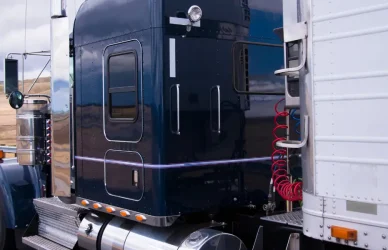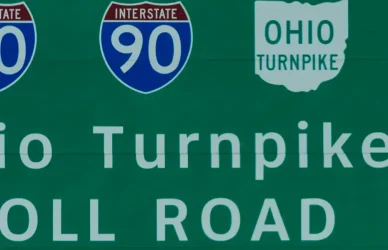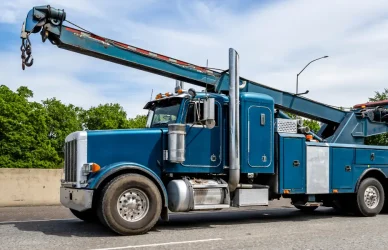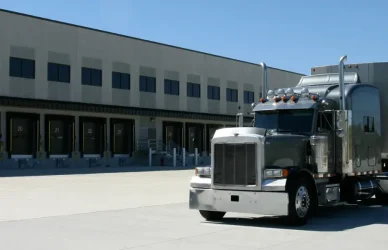Last year, FMCSA Administrator Robin Hutcheson and OOIDA Member Carmen Anderson went on a journey of understanding. During their drive from Maryland to Washington D.C., they got an up-close look at the challenges often faced by truck drivers today – one that only comes with seeing it first-hand. While this brief ride provided insight into many aspects of driving for compensation, it was mostly eye opening in terms of demonstrating just how hard drivers must work under often inequitable circumstances.
Many drivers are paid by the mile as opposed to by the hour, plus, the Fair Labor Standards Act exempts carriers from having to pay drivers overtime. This means that for many professional drivers, there are several points in the day in which they’re working and not getting paid such as fueling up, inspecting the load, or waiting to be loaded or unloaded. In other words, in most cases, drivers generally aren’t earning if the wheels are turning.
“I spent unpaid time with (Anderson) while loading and unloading, and it just became crystal clear to me that the structure of compensation for drivers is a huge factor in industry success for safety and economic strength,” Hutcheson said.
The administrator’s remarks on January 18, helped kick off the National Academies of Sciences’ Transportation Research Board driver compensation study which aims to determine how driver pay affects retention and overall safety performance.
“There is a good understanding that compensation is a driver of safety,” Hutcheson said. “That’s the way we are seeing it in our work at FMCSA. We are increasingly looking at root causes of why drivers become unsafe in the first place. Everything we can surround a driver within terms of their success, is going to be helpful for safety. We think – and we think the study will verify – that some of the structures in compensation really prevent drivers from staying in the industry, and conversely, we have data that says that drivers that stay in the industry for a long time are the safest drivers on the road.”
Congress mandated the driver compensation study as part of the 2021 infrastructure law. FMCSA was directed to task the Transportation Research Board with conducting a study on the effects of various methods of driver compensation on safety and driver retention, including hourly pay, payment for retention time, and other pay methods used in the industry.
“This is a critical study to determine the kind of work environment that will help drivers stay in the industry … This is about driver retention. This is about safety,” Hutcheson said.
The committee will analyze if driver compensation, retention and safety performance have an intertwined relationship, as Hutcheson suggests. In the coming weeks, they will produce a comprehensive report that highlights how different payment methods affect drivers’ retention levels as well as their overall on-road behaviors for improved roadway safety.
Source: LandLine











